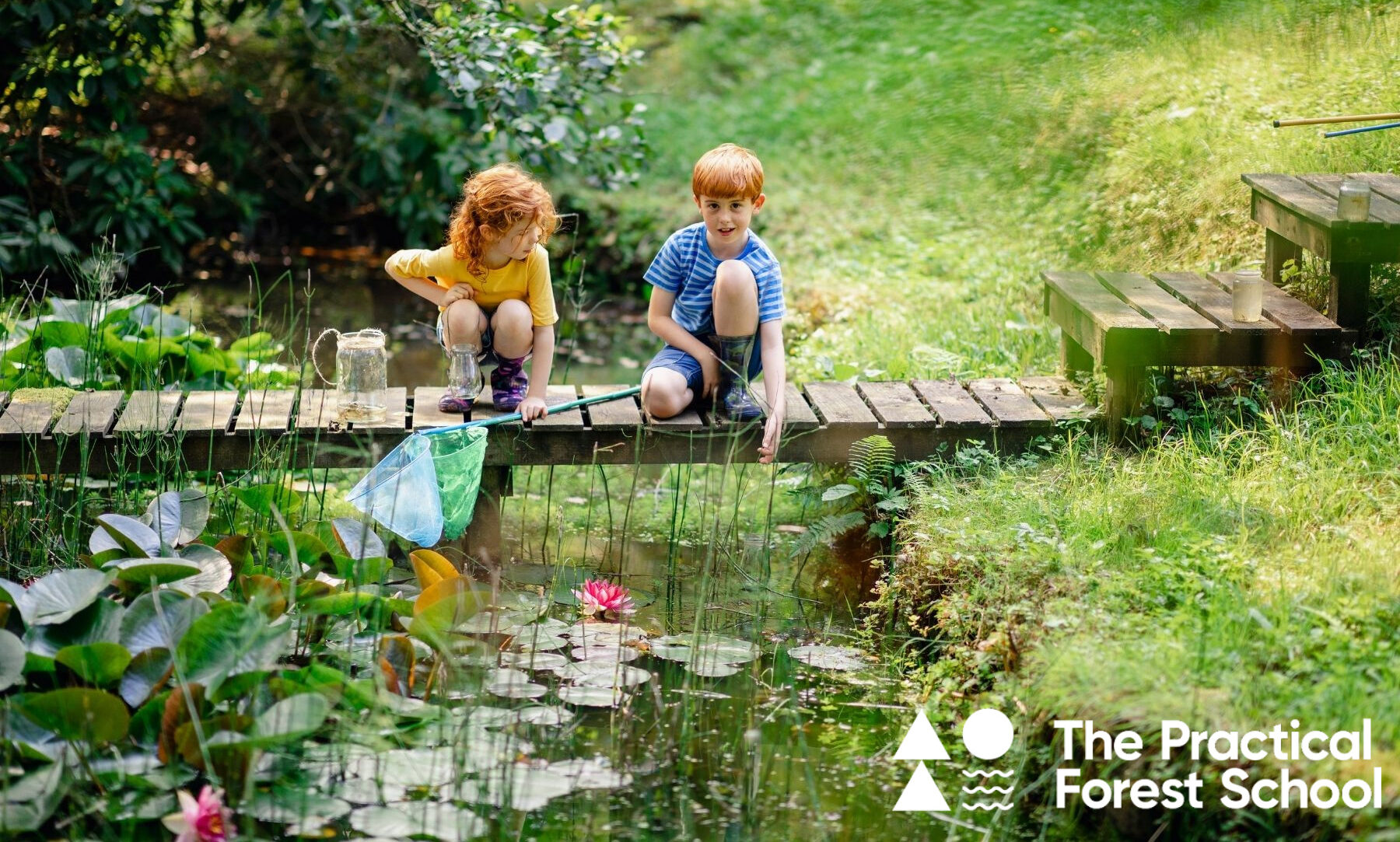Pond Dipping: The Simple How To Guide
This blog is reader-supported. When you purchase something through an affiliate link on this site, we may earn some coffee money. Thanks! Learn more.
Some of my earliest memories with wildlife were at the local nature reserves, armed with a green net and an ice cream tub, fishing for whatever we could skim from the pond.
Pond dipping is a simple activity that can help foster a love of the outdoors and nature. We’ve yet to meet children who aren’t fascinated by minibeasts!
What you need:
A tray: Preferably a white one as that will help the pond minibeasts stand out and make them easier to see. An ice cream tub is fine or any shallow pale-coloured tray. You’ll need a few. Children can share but there’s a limit to how many heads fit over one large tray, so maybe limit sharing to one tray per pair.
Nets: Essential! Aquarium nets are great for small hands as they are easy to use and they are made of fine net so they catch even the small creatures. These aquarium nets have extendable handles. Older children (and adults who want to join in) can use pond nets as they have longer handles and weigh slightly more – but you can catch more in them and reach out further into the water.
Magnifying pots: If you want a closer look at the things you catch, a small pot with a magnifying lid is useful. Pop your minibeasts into bug catcher pots like these, and take a look at them in more detail. If you don’t have pots with magnifying lids, an ice cube tray and a magnifying glass will do.
(Remember to let the creatures out at the end — you don’t want to go home with full pots!)
Species guide: Older children might appreciate having access to a freshwater aquatic insect identification guide. We love the Freshwater Name Trail from Orton and Bebbington because it’s child-friendly, waterproof, and steps you through identifying what you have found.
If you are dipping at a nature reserve they might have an information sheet or similar that you can take out with you. Sometimes you’ll find a guide to the wildlife on signage near the dipping pond.
When to go pond dipping
The best time to go pond dipping in the UK is between May and August when there is lots to see and plenty of wildlife to discover (adjust this if you are based elsewhere in the world: aim for late spring to mid-summer).
While you can dip outside of those months, you won’t find as much or find it as easy to be outdoors and potentially getting wet! Falling into a frozen pond? No thanks! We tend to make this a summer activity because it’s just sensible.
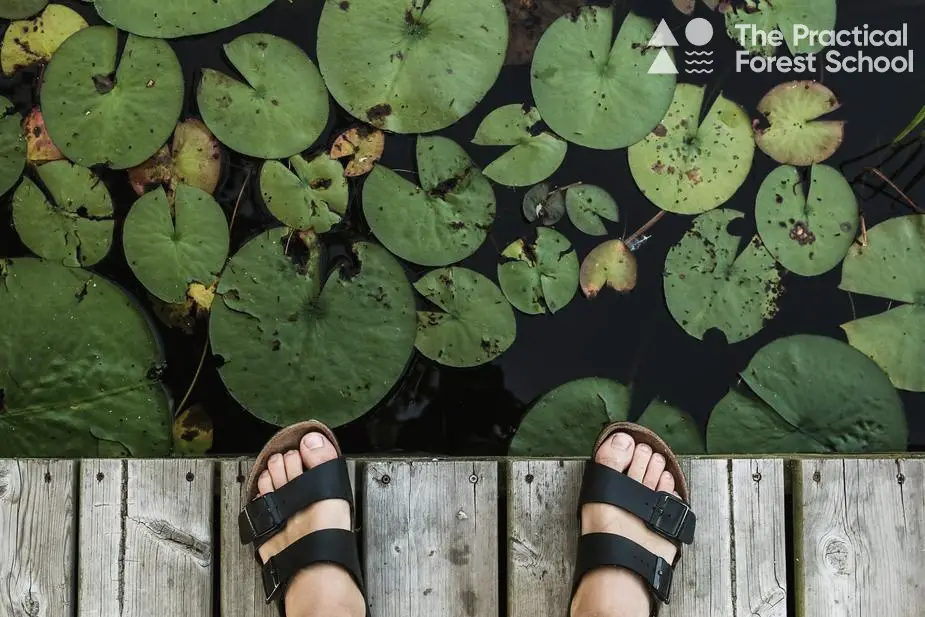
Where to go pond dipping
Many nature reserves and country parks have a special location for pond dipping that includes a wooden jetty to give safe access the water. Talk to your local nature reserve manager and see if they have a preferred time slot to take your group.
Alternatively, if you have a garden pond you can dip there! The canal bank is another possibility but be very careful with water safety – this is only a location we would consider for older children.
Aim for ponds that are large, with a variety of plant life around the edges and in the water. A biodiverse habitat and a bigger stretch of open water will support more species so you will find more things, and more interesting things.
At the water’s edge
So you’ve decided to go pond dipping? Here’s what to do.
Step 1: Prepare the trays
Take a white tray and your magnifying pots and fill them with a bit of water – half full is good. This is so you can tip out your minibeasts into pond water when you catch them in the nets and they’ll feel right at home.
Step 2: See what you catch
Take your pond net and sweep it around the pond. Don’t go too deep or you might scoop up mud! In our experience, the best places to dip to get the most catches are around the edges and by the plant life.
Tip: Use a figure of eight motion to keep what you catch inside the net, then lift it out as you reach the end of the eight.
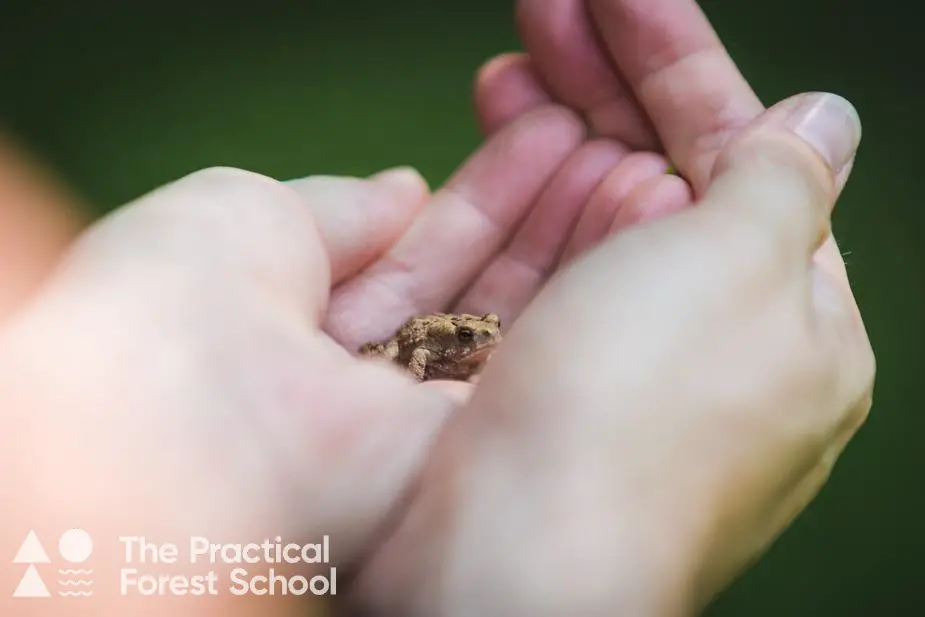
Step 3: Empty the net
Tip the contents of your net into the tray. The easiest way to do this is to gently push the net inside out over the tray and give it a little shake. There might be some mud or sediment in the water, so when that’s settled you’ll be able to investigate what you’ve caught.
Give it a minute or two for the dirt to sink to the bottom of the tray and then keep your eyes peeled for movement in the water.
Use your field guide to identify the creatures.
Step 4: Take a closer look
Scoop any interesting creatures in to a magnifying pot to take a closer look. If they are small, and your children are gentle, you could use a pipette to suck up the minibeasts and transfer them into your magnifying pot.
We tend not to do this as it’s more equipment to carry out, and it also needs more supervision to ensure the pond life doesn’t accidentally get squished.
Step 5: Leave things as you found them
When you are ready to move on, empty out the magnifying pots and trays back into the pond, returning all the pond life back where it came from.
Tip the trays gently back into the pond from a low height, so none of the minibeasts get a headache when they hit the water from too far away!
All your kit will be wet and a bit dirty, so when you get back to base, rinse out the nets, tubs, pots etc and make sure everything is clean and dry before it goes away for next time. That goes for your field guides too – plastic covered guides might have taken a bit of a splashing, so wipe the mud off them before you put them away.
What will you find?
Pond dipping normally turns up a big range of things but it very much depends on the weather, the time of year and season and the type of pond you’re at. Look for:
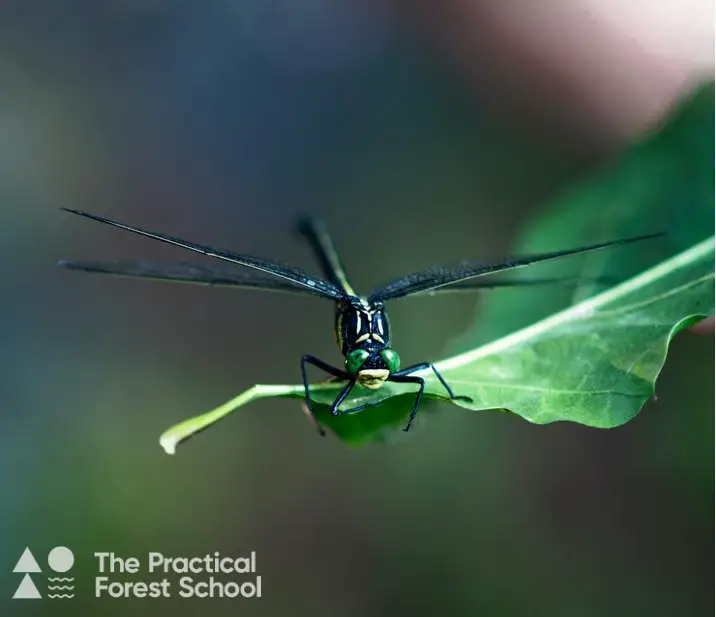
- Water spiders
- Water beetles
- Damselfly nymphs
- Dragonfly nymphs
- Water boatmen
- Water scorpions
- Water mites
- Great diving beetles
- Pond skaters (my favourite!)
There’s bound to be other things too – that list doesn’t even touch on the plant species!
Curriculum links
Pond dipping can be linked to the curriculum in a number of ways, so if you are working with a school group, here are some of the focus areas:
- Food chains and the food web
- The life cycle of creatures (tadpoles are especially cute and mysterious at the same time – will that really turn into a frog??!)
- Ecosystems, biodiversity, natural habitats and the water cycle
- Artwork and life drawing of the things found
- Maths: Counting creatures, sorting into groups
- English: Creating stories, descriptive writing and poems based on the plants and insects found, or the experience of pond dipping
Water safety
Any activity that involves stretching out over water carries a risk, so make sure to do your risk assessment before you take out a group, and have an emergency action plan.
Take a first aid kit with waterproof plasters (the edges of plastic/laminated identification guides can be sharp!) and make sure you know where the waterside safety equipment is at the site, for example reach poles.
Make sure you have a good ratio of helpers to children so there is enough adult supervision.
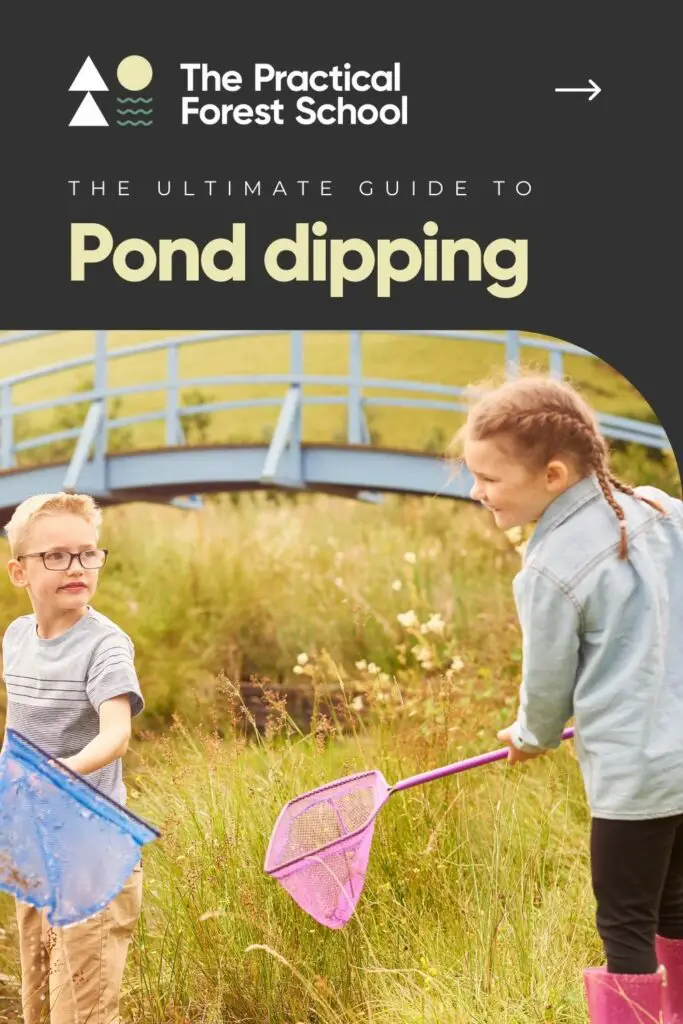

About the author: Jon Borley
Jon qualified as a Level 3 Forest School Leader with the Sussex Wildlife Trust. He works independently as a practitioner running forest school clubs and also within schools both in a forest school capacity and as an outdoor learning teaching assistant, working with preschoolers to secondary-aged children. He has previously led sessions for adults as part of professional development events for the Sussex FSA, and is a member of MIAS.
